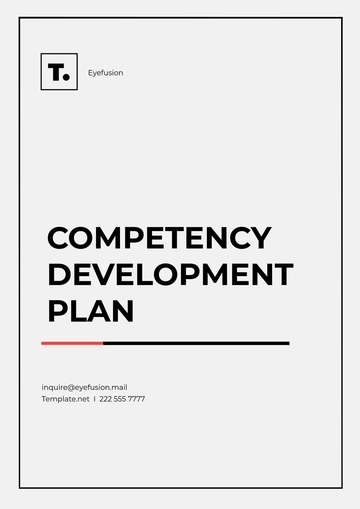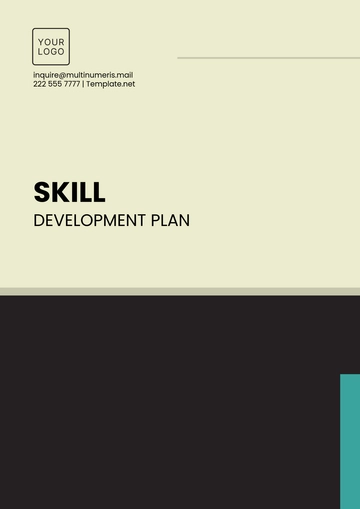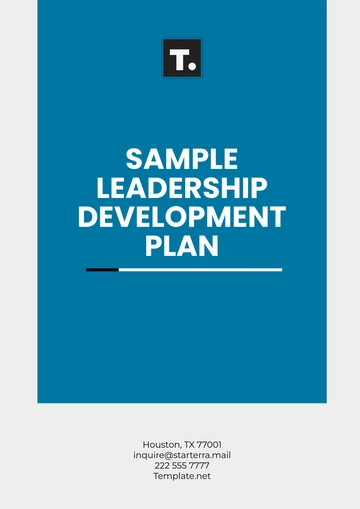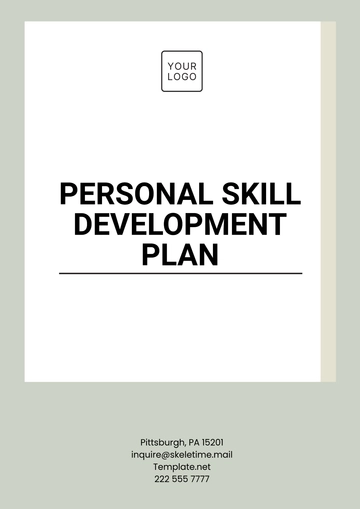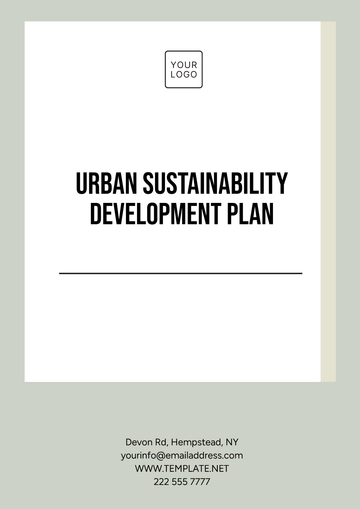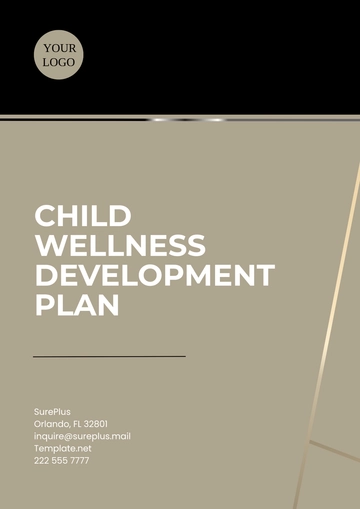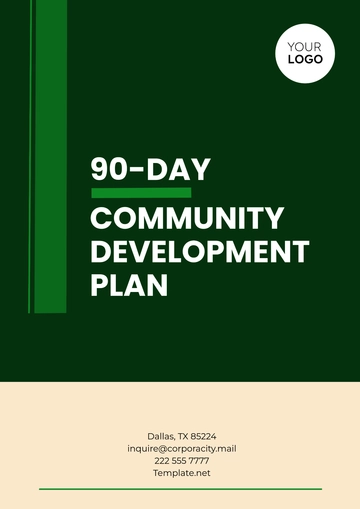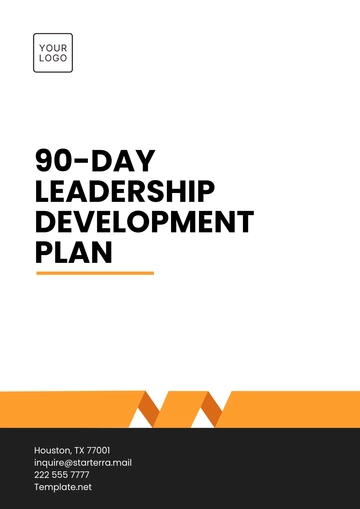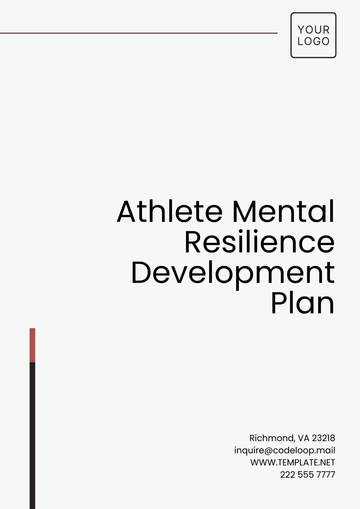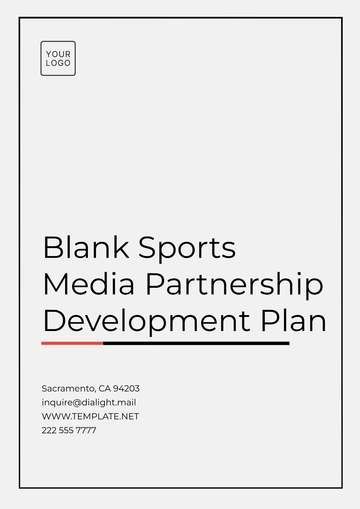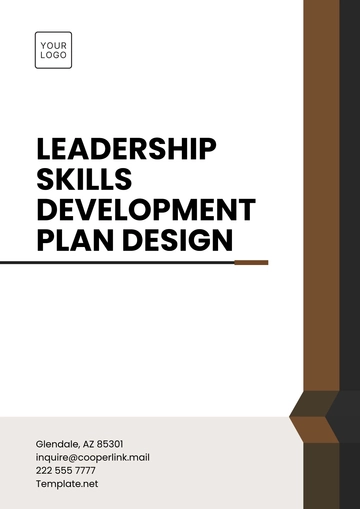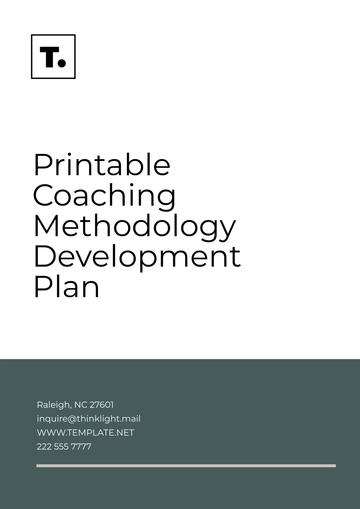Free Product Development Plan
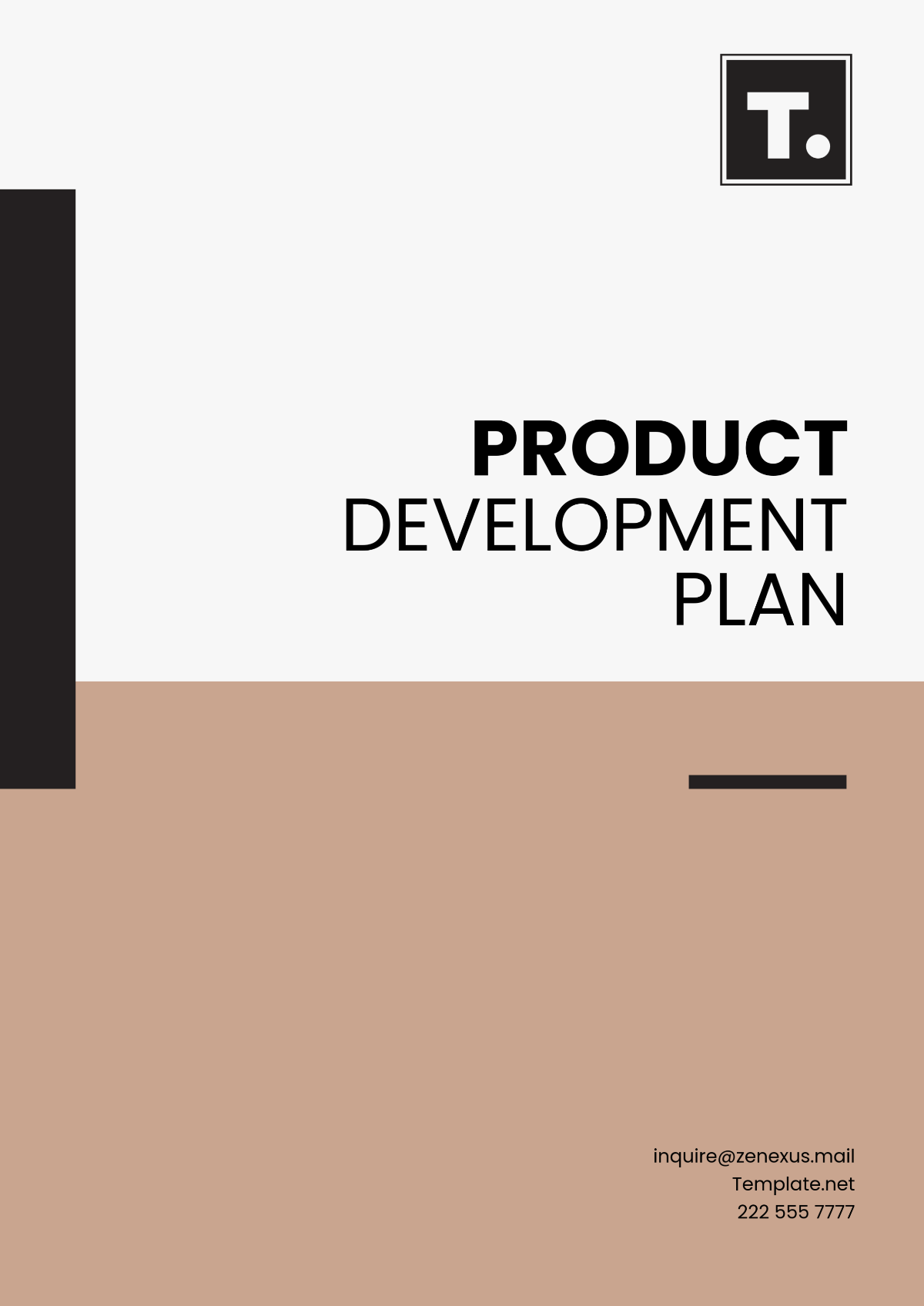
Written by: [Your Name]
I. Executive Summary
[Your Company Name] is dedicated to developing innovative products that meet the evolving needs of our customers. This Product Development Plan outlines the strategies, resources, and timelines required to bring our new product, "EcoClean: Solar-Powered Water Purifier," to market. Our goal is to launch this product by December 31, 2050, ensuring it delivers exceptional value and satisfaction.
II. Product Overview
A. Product Description
"EcoClean: Solar-Powered Water Purifier" is a portable water purification device designed to provide clean and safe drinking water in remote areas without access to clean water sources. It utilizes solar energy to power its purification process, making it environmentally friendly and sustainable. This product will address the critical issue of waterborne diseases and contamination in underserved communities, offering a reliable solution for clean drinking water.
B. Unique Selling Proposition (USP)
Our USP for "EcoClean: Solar-Powered Water Purifier" is its ability to provide on-the-go water purification using renewable solar energy. This sets it apart from competitors by offering a sustainable and portable solution to water purification challenges.
C. Target Market
The primary target market for "EcoClean: Solar-Powered Water Purifier" includes humanitarian organizations, outdoor enthusiasts, and residents of remote or disaster-prone areas. Secondary markets include travelers, campers, and emergency response teams.
III. Market Analysis
A. Industry Overview
Current trends in the renewable energy and humanitarian aid industries indicate a growing demand for sustainable solutions to address water scarcity and contamination issues. This creates a ripe opportunity for the introduction of "EcoClean: Solar-Powered Water Purifier."
B. Competitive Analysis
Key competitors in this market include traditional water purification systems and portable filtration devices. Our competitive advantage lies in the eco-friendly and self-sustaining nature of our product, offering a unique solution to the market.
C. SWOT Analysis
Strengths: Portable, eco-friendly solar technology.
Weaknesses: Initial production costs, and dependency on sunlight for operation.
Opportunities: Rising demand boosts sustainable water purification market growth.
Threats: Competition from established brands, regulatory challenges.
IV. Development Strategy
A. Research and Development
Our R&D efforts will focus on optimizing the efficiency and effectiveness of the solar-powered purification process. We anticipate completing this stage by June 2050.
B. Design and Prototyping
Prototyping will begin by March 2050 and will include rigorous testing to ensure reliability and performance. Preliminary tests and reviews will occur by August 2050.
C. Production Plan
Production will commence in September 2050 at our manufacturing facility. We plan to implement automated production processes to ensure quality and efficiency.
V. Marketing and Sales Strategy
A. Marketing Plan
Our marketing strategy includes targeted outreach to humanitarian organizations, participation in trade fairs and conferences, and digital marketing campaigns. Key campaigns will launch by October 2050 to maximize awareness and interest.
B. Sales Strategy
Our sales approach involves establishing partnerships with distributors and retailers catering to our target markets. We will leverage online sales platforms and direct sales channels to reach our customers effectively.
VI. Financial Plan
A. Budget
The projected budget for the development and launch of "EcoClean: Solar-Powered Water Purifier" is $2 million. This includes allocations for R&D, marketing, production, and distribution.
B. Revenue Projections
We anticipate generating $500,000 in revenue in the first year of sales, with a growth rate of 20% annually.
VII. Timeline
Key milestones for the "EcoClean: Solar-Powered Water Purifier" development include:
Phase | Timeline |
|---|---|
Research and Development | January 2050 - June 2050 |
Design and Prototyping | March 2050 - August 2050 |
Production | September 2050 - November 2050 |
Marketing Campaigns | October 2050 - December 2050 |
Product Launch | December 31, 2050 |
VIII. Risk Management
A. Potential Risks
Identified risks include production delays, market acceptance challenges, and regulatory hurdles.
B. Mitigation Strategies
Our strategies to mitigate these risks involve establishing contingency plans, conducting thorough market research, and maintaining open communication with stakeholders.
IX. Conclusion
The success of "EcoClean: Solar-Powered Water Purifier" is contingent upon meticulous planning, consistent execution, and strategic marketing. Our team at [Your Company Name] is fully committed to realizing this vision and delivering a product that exceeds customer expectations.
- 100% Customizable, free editor
- Access 1 Million+ Templates, photo’s & graphics
- Download or share as a template
- Click and replace photos, graphics, text, backgrounds
- Resize, crop, AI write & more
- Access advanced editor
Drive innovation with the Product Development Plan Template from Template.net. This customizable, downloadable, and printable template provides a comprehensive framework for planning product development. With editable features in our AI Editor Tool, tailor the plan to your specific needs. Streamline your product development process and ensure success with this invaluable resource.
